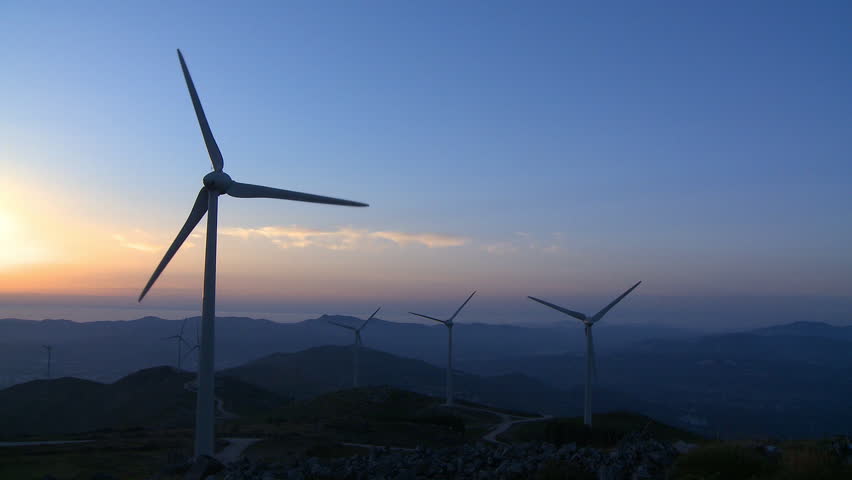Step 1
Hang a rope (or chain) by one end of the wheel’s axle.
Step 2
Grab the other end of the rope by one hand (or hang it to a stand).
Step 3
Position the wheel such that the axle is horizontal.
Step 4
Give the wheel a very good spin. For the desired effect to be achieved, the wheel must be spinning very fast.
Step 5
Observe the rotation of the wheel especially the fact that the axle remains perfectly horizontal whilst the wheel is spinning very fast.
Step 6 Discuss the observations with students.
- The spinning wheel is dangerous when spinning. Particular care must be taken when performing the demonstration to children to ensure that no objects come in contact with the wheel or its spokes.
Attach the wheel to the rope such that the axle is horizontal and ask the audience to make a somewhat obvious prediction of what will happen when leaving the wheel. Then, ask the audience to make another prediction of what will happen with the same setup, with the only exception being that the wheel is spinning very fast.
Make an emphasis on the direction of rotation of the wheel and the direction of precession. Repeat the demonstration but this time rotate the wheel the other way round and emphasise that now even the rotation of precession have changed.
Does the wheel need to spin very fast?
Yes.
Why does the axle remain horizontal when the wheel is spinning?
The spinning wheel has a large moment of inertia. (detailed explanation is given below.)
When the wheel (held by one end of its axle) is not spinning its behaviour is perfectly predictable. However, when the wheel is spinning, as if by magic, the axle stays in the horizontal position even though it is held only from one end. Another important observation is that the wheel is said to precess i.e. changing its orientation. The direction of precession depends on the direction of rotation of the wheel with respect to the axle.
The spinning wheel is characterised by a torque in the direction of spin. A torque is the measure of the force causing rotation and depends on the actual force used to spin the wheel and the radius of the wheel. The direction of the torque is actually parallel to the direction of the axle i.e. along the axle.
The angular momentum of the spinning wheel is also in the direction of the torque and so a fast spinning wheel have a large angular momentum along the axle of the wheel. (Video). Thus, the weight of the wheel interact with the angular momentum such that the resultant force is simply the precession motion of the wheel.
The force applied to spin the wheel gives rise to a torque. A torque is a measure of the force causing the body to rotate and is given by:
τ=rF [1]
where τ is the torque, r is the position vector from the axle and F is the force applied.
The cross products indicates that torque obeys the right hand rule and indeed it points perpendicularly to the plane of the wheel.

The torque gives rise to an angular velocity of the spinning body. This angular velocity (w) relates to the moment of inertia (I) (a constant of the wheel) to give the angular momentum (L):
L=Iw [2]
where L is also perpendicular to the plane of the wheel.
To better understand what is going on we first consider the forces acting on the wheel when holding the axle horizontal. Here once again we can use equation (1) to describe the torque produced by the weight of the wheel about the fulcrum (where the rope is attached) refer to diagram.
If the wheel is spinning fast enough the angular momentum is sufficient for the wheel to remain vertical (Video) (plane of the wheel stays vertical) and only precess in the horizontal plane. The direction of precession is always opposite to the direction of rotation of the wheel.
Applications
This phenomenon is key in maneuvering helicopters. The main rotors act as a large gyroscope and the main effects of gyroscopic precession is that a force applied to a rotating body (in this case force is applied by by changing the aerodynamics of the rotor) result in an outside force which occurs approximately 90 degrees later.
Research
The use of gyroscopes was always in the forefront of research especially because of the use in navigation apparatus used by the military. Gyroscopic precession is a vast topic being researched also theoretically. On paper from Warsaw University of Technology investigates the effects of gravitation anomalies on precession motion.
- Perform the demonstration twice with the second time rotating the wheel in the opposite direction of the first. Discuss the precession rotation for each case.






![Colour Mixing with an RGB LED [Arduino] (steamexperiments.com)](http://steamexperiments.com/wp-content/uploads/2017/09/RGB-LED.jpg)


